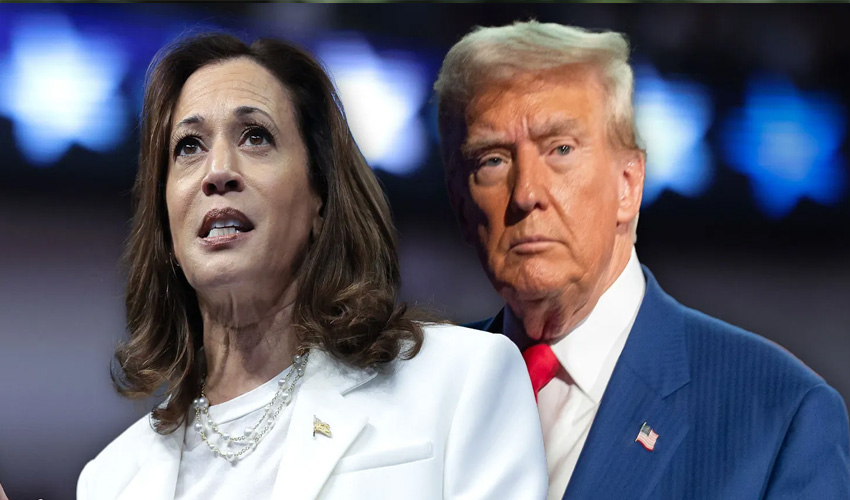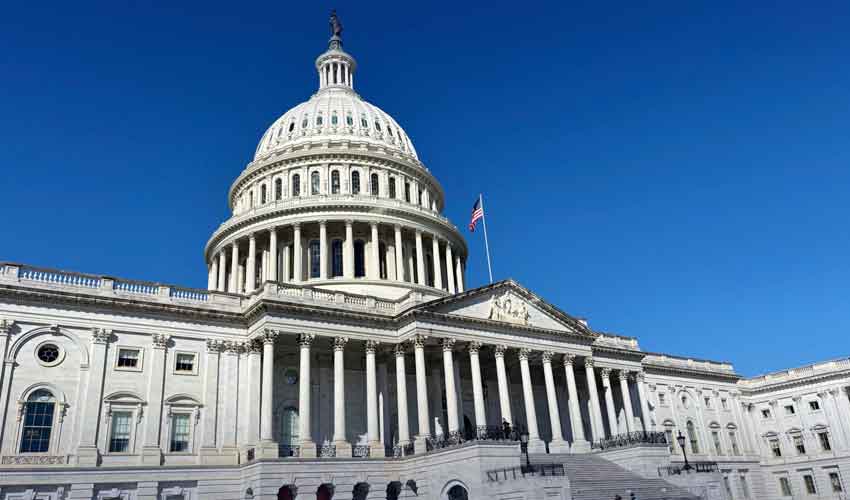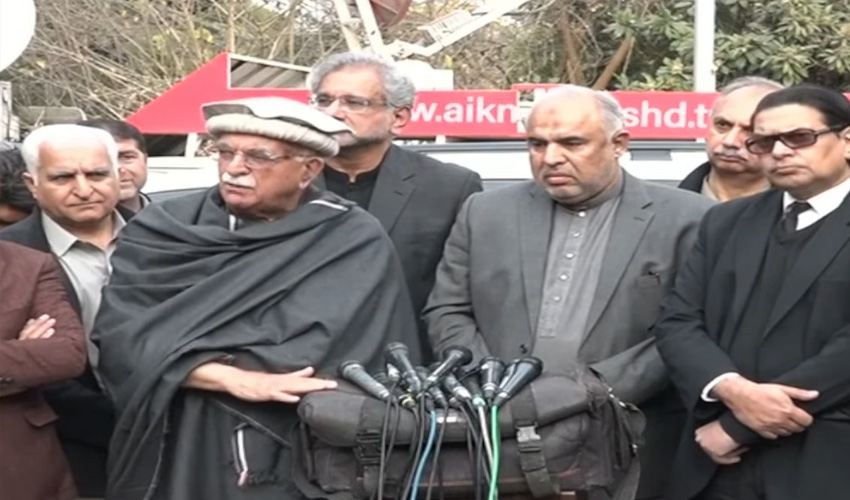With the 2024 US Presidential Election just weeks away, the political battleground remains tightly contested. A recent New York Times/Siena College poll reveals Vice President Kamala Harris gaining momentum against her Republican opponent, former President Donald Trump, signalling a race that is still too close to predict.
The latest polling data suggests that Harris, 59, is slightly ahead of Trump, 78, in the national race, a rare occurrence since President Joe Biden exited the race in July. Biden’s decision to step aside led Harris to the forefront of the Democratic campaign, where she has positioned herself as a leader who embodies change and empathy towards the electorate.
According to the poll, Harris holds a slender lead of 49% to Trump's 46%, a margin within the poll's error range. This marks the first time since mid-September that Harris has edged out Trump in national polls.
However, this narrow lead is far from decisive. The poll, conducted between September 29 and October 6 among 3,385 likely voters, underscores that while Harris is seen as a figure for change, Trump’s support remains firm, especially among key voter blocs.
Trump’s stronghold remains
Despite Harris’ lead, the former president maintains key advantages, particularly among male voters. Trump’s appeal to this demographic has surged, with an 11-point lead over Harris. This support mirrors his performance in the 2020 election, where he also outperformed Democratic candidates among male voters, though only by two points at the time.
Trump’s policies continue to resonate with certain groups of the electorate. In the poll, 42% of respondents credited Trump’s policies with improving their personal circumstances, compared to just 22% who said the same about Biden. Voters also expressed greater confidence in Trump’s ability to handle the economy, a critical issue for the upcoming election.
The economy remains a significant concern for the electorate, with 75% of those polled stating that the current economic situation is either “fair” or “poor,” a number consistent with last month’s figures. This ongoing dissatisfaction has bolstered Trump’s standing as many voters continue to view his business acumen as an asset.
“I think Trump, as a businessman, can see the bigger picture and has a better sense of what needs to be done,” said Barbara Storesina, a 65-year-old retiree from Canton, Ohio. “The Democrats don’t seem to care about whether we’re struggling or need help.”
A Battle in battleground states
While national polls provide a snapshot of the race, they do not tell the full story. The final decision will come down to key battleground states like Georgia, Pennsylvania, and Wisconsin, where the race remains too close to call. Both candidates have been heavily campaigning in these states, knowing that the outcome of the election hinges on their results.
The poll highlights some surprising realignments in traditionally contested states. Trump leads by 13 points in Florida, a state that has increasingly tilted towards Democrats in recent elections. His six-point lead in Texas, a long-time Republican stronghold that Democrats had hoped to flip, further demonstrates the unpredictability of this election.
However, other battleground states remain fiercely competitive. In Pennsylvania, Georgia, and Wisconsin, both candidates are neck and neck, with little indication of a clear leader. These states could ultimately decide the election, making their voters some of the most courted in this campaign.
One issue that has emerged as a focal point in this election is the age and worldview of the candidates. Harris, at 59, is nearly two decades younger than her opponent, and many voters see this as an advantage. Darry Knox, a 58-year-old Democrat from Memphis, remarked, “They see the world differently. They look at the world differently, and they have different views about the world.”
This generational difference could be pivotal as younger voters gravitate towards Harris, hoping for progressive change. Harris has positioned herself as a champion for the future, while Trump continues to align himself with traditional conservative values and his past achievements as president.
Economy Takes Centre Stage
The economy remains one of the most important issues for voters, and Trump has capitalized on his reputation as a successful businessman to gain voter trust in this area. With inflation and rising living costs impacting American families, Trump’s promise of economic stability holds strong appeal.
Harris, on the other hand, has emphasized her commitment to creating jobs, expanding healthcare access, and addressing economic inequalities. She has also focused on energizing voters by promoting her administration’s efforts to curb climate change and boost green energy jobs, which resonate strongly with younger voters and environmental advocates.
As the election draws nearer, one thing is clear: the race between Kamala Harris and Donald Trump is far from decided. The New York Times/Siena College poll reflects a national contest that is tight, with both candidates having their strengths and weaknesses. Harris is seen as a leader for change, but Trump’s economic policies and appeal to male voters remain formidable obstacles.
The true outcome will be determined not by national polling but by the battleground states, where every vote will count. With Trump maintaining leads in key states like Florida and Texas, and Harris making strides in other swing states, the final result remains uncertain.



























